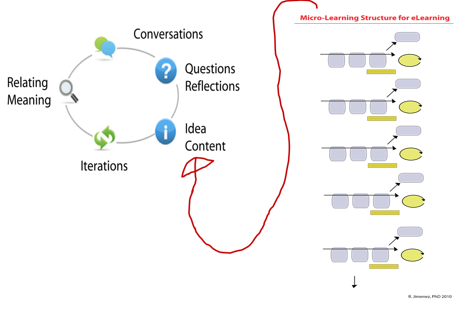Synthesis:
What makes a good storyteller? Stories abound and Lincoln – the extremely smart being that he is – used these accounts to bring home critical points for decision making and persuasion. Embedding stories in the learning design achieves a similar outcome. Discover how Lincoln inspires you and me to become better storytellers, too. __________________________________________________________________________
I saw the movie “Lincoln” three times. Totally inspiring and deeply moving.
As a curious student of interactive stories, I look into stories to discover their functions in the context, meaning and characters through which they communicate.
Self-reflection stories
Lincoln was about to send a telegraph to General Grant to allow the Confederate representatives to come to Washington and negotiate for a peace treaty. This would have compromised the plan to pass the emancipation act. At a very crucial moment, he asked two junior officers a thought-provoking question.
“Can we choose to be born? Are we fitted to the times we’re born into?
A reflective and introspective question done in the manner of conversation with oneself. At the core, is a philosophical argument on the role and impact he made, as Lincoln, the President. The question also asks all of us to reflect on our roles and what we would do if we were in such a situation. That single thought-provoking question transported us, the audience and citizens, into the real-world issues. It made Lincoln real. It provided vivid pictures of the difficult times they were in.
Story of dilemma
Thaddeus Stevens was a leading proponent of total equal rights. His insistence on full equality for all, including marriage and voting rights, raised violent resistance amongst the democrats – as Lincoln observed. To persuade Stevens to focus on equality under the legal definition of emancipation, Lincoln persuaded him with this metaphor:
“The compass points you true north but does not warn you of obstacles and swamps along the way.
What is the use of knowing the north star when along the way one can sink into a hole and never reach one’s destination?”
Lincoln succeeded in persuading Thaddeus Stevens . The law of emancipation was passed.
The meaning of stories in learning design
I have no intention to suggest that our learning content is parallel to the issues that Lincoln had to deal with. However, using his story helps us relate these two story approaches to help learners learn.
The first task is to transport the learner into real-ife situations using stories. It is only through stories that we add realism and relevance.
Asking learners reflective questions or allowing them to resolve problems through their discovery of their own answers help make the content more useful to them.
Oftentimes, we teach our content yet fail to understand that learners must think for themselves to make sense of the content and find ways to apply the ideas.
Summary:
Lincoln was a great storyteller. Learning professionals can learn from his example. Leveraging stories to reflect and drive home learning points lead to the learner’s discovery of the solution, ensures better retention and positive impact on job performance.
Related blogs
Surgical Insertion of Micro-Scenarios that Beautify and Fire Up Your eLearning
Listen to the Geniuses Who Created Our Worlds
Using the ridiculous and exaggerated situations to hone learning ideas.
Ray Jimenez, PhD
Vignettes Learning
"Helping Learners Learn Their Way"


























